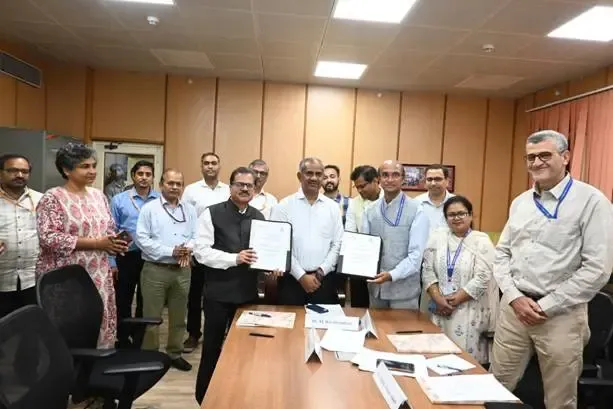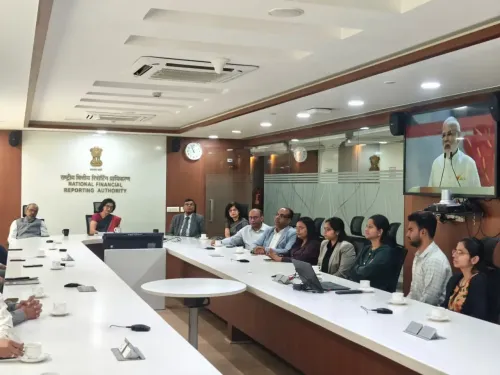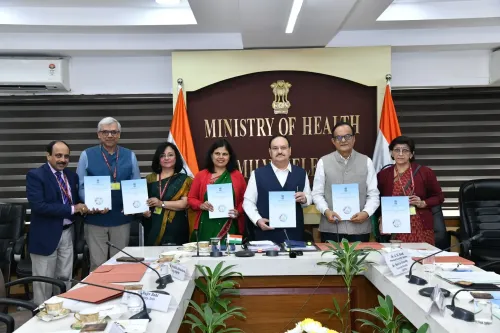How is CSIR-AMPRI's Indigenous SODAR Innovation Enhancing India's Weather Forecasting?

Synopsis
Key Takeaways
- SODAR technology enhances India's weather forecasting.
- Developed by CSIR-AMPRI in Bhopal.
- MoU signed with IMD for collaborative research.
- Significant for climate and environmental studies.
- Expected to provide valuable data for accurate predictions.
New Delhi, Oct 3 (NationPress) The newly created Sound Detection and Ranging (SODAR) facility, engineered by the CSIR-Advanced Materials and Processes Research Institute (AMPRI) in Bhopal, is set to significantly improve India's weather forecasting capabilities.
This homegrown technology was officially inaugurated at the India Meteorological Department (IMD) in New Delhi.
According to Dr. N. Kalaiselvi, the Director General of CSIR and Secretary of the DSIR, who participated in the ceremony virtually, “This initiative is crucial for reinforcing the indigenization of Indian technology for the benefit of society.”
During the event, a Memorandum of Understanding was formalized between CSIR-AMPRI and IMD.
Dr. M. Ravichandran, Secretary of the Ministry of Earth Sciences, remarked, “The MoU between CSIR-AMPRI and IMD holds great promise.”
Dr. M. Mohapatra, DGM of IMD, emphasized, “The SODAR unit at AMPRI will enhance value and provide supplementary data for improved weather forecasts.”
This MoU aims to advance collaborative research between CSIR-AMPRI and IMD focused on climate and environmental studies, addressing scientific and societal issues linked to weather, climate variability, forecasting, and disaster risk mitigation.
The agreement enables the sharing of SODAR system data across multiple locations for forecasting, validation, and research purposes.
The Ministry of Science and Technology stated, “This partnership between CSIR-AMPRI and IMD is anticipated to lead to remarkable progress in meteorology, climate science, and environmental studies, benefitting both research communities and the nation.”
In a publication in the Indian Journal of Pure & Applied Physics, researchers from CSIR-AMPRI described SODAR as an active ground-based remote sensing instrument used to assess lower-atmosphere wind profiles and temperature structures. SODAR can detect turbulence parameters in the Atmospheric Boundary Layer (ABL) from afar and is utilized for wind profiling.
With its remarkably enhanced capabilities, SODAR is poised to become a revolutionary remote sensing tool with various applications in the near future and is also instrumental in protecting the environment.









